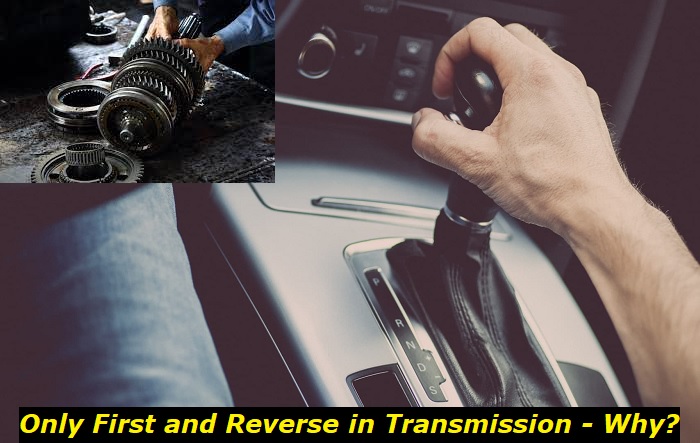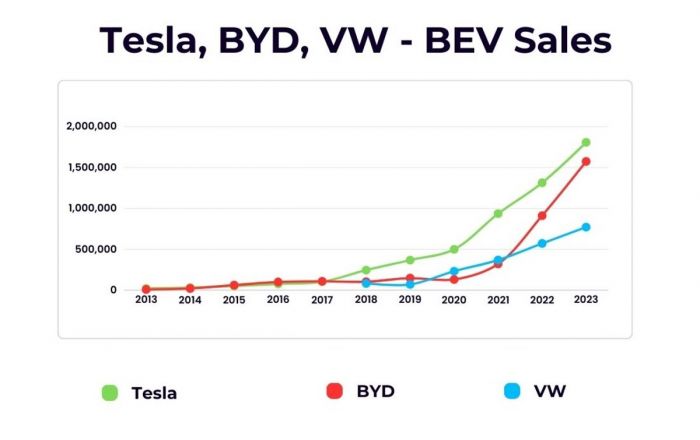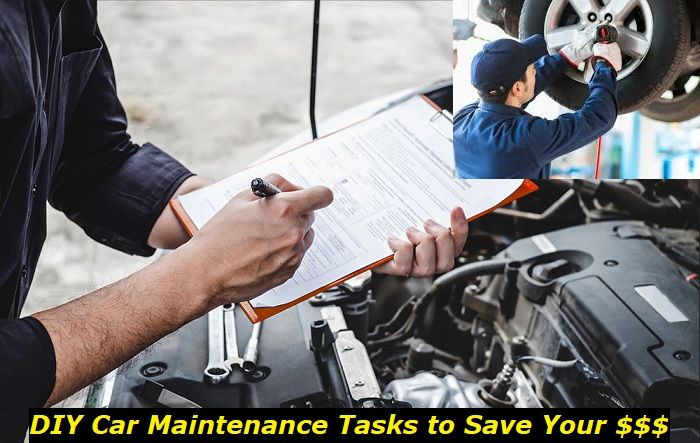If your transmission drives only in first and reverse gears, it may tell you about TCM issues, shift solenoid problem, low fluid, wiring harness problems, or transmission damage. Fatal damage could occur with the gears or bands, or torque converter and now the transmission refuses to shift automatically.
Transmission no-shift problem highlights
- Level of importance:High
- Reasons:Control module failure, low fluid,badfluid, mechanical issues
- Needed expertise:High
- Needed tools:Professional tools set
- Time taken:5-10 hours
- Can you drive? Yes, if some gears engage
- Possible issues: Fatal transmission damage, car stationary.

Registering the symptoms of transmission problems
You should understand that if you don't know the reasons for your problem, the mechanic in the dealership may spend hours or even days inspecting the car. Unfortunately, this may take not only your time but also your money. So, it's always better to understand what's going on with the vehicle.
I am not intending to say here that you can easily fix the problems with the transmission on your own. This is a complicated unit and it requires professional repair, in most cases. But locating the problem may not be that hard.
Here are the symptoms you should notice:
- Any warning lights? If there are warning lights or error messages, you can use the cheap OBD2 scanner and read the codes. This will help you much.
- What happened before the transmission failed? Did you change the transmission fluid or maybe your car was in the dealership for maintenance? Go back and see if something was wrongly plugged in.
- Do you see any leaks? It's important to visually inspect the transmission and make sure it doesn't have any serious leaks of fluid.
- When was the last time you changed the transmission fluid? The transmission may refuse to shift if the fluid is too old and has already lost its properties.
- Does the car go well? Do you feel any punches or vibrations when you are driving in the first gear?
- Can you shift manually? If your transmission allows you to shift gear manually with a paddle shifter or gear selector, try this and see if it's possible.
- Does the transmission make any noise when shifting between R and D? If it does, you should stop driving immediately and call a tow truck.
So, when you answer all these questions, you may have a better understanding of what is happening with your car. At least, your mechanic will be able to locate the problem faster if you describe everything that's happening with the vehicle when you try driving it.
Every anomaly that happens with your vehicle now is important as it may show you the solution.
Is it the limp mode?
When this happens to someone, they immediately think about the limp mode. But the limp mode is usually accompanied by a message on your dash saying something like "Restricted Performance" or "Speed Limited to 25 MPH".
Also, the limp mode doesn't let you shift in Reverse, at most times. It only works in a certain gear, and usually, it's not the first gear. The majority of modern transmissions will apply second or third gear when they are in the limp mode.
So, most likely, this is not the limp mode.
Common reasons for your transmission going in the first and reverse only
Although this may be frightening, this problem is not always extremely serious. It will likely need professional inspection and repairs and it will cost you some money. But your first thoughts about the fatal damage of the transmission are not likely to be true.
Among the reasons that may cause such behavior of your transmission, you may find the following:
1. Low transmission fluid or bad fluid quality
In an automatic transmission, fluid is not just lubrication. It acts as a certain part of the mechanism and actually shifts gears. For this, it should be circulating in the system under quite high pressure. If the fluid level is low, the pump will not be able to build up pressure and the shifting will not be possible.
You will still be able to shift manually, in this case. But if you suspect a low fluid level, avoid driving your car longer than several miles. This can be dangerous for the transmission and you may easily get a fatally damaged gearbox, in the end.
2. Shift solenoid issue
The conventional automatic transmission shifts gears when the shift solenoid opens under the pressure of the fluid. If the solenoid is broken, the transmission will stay in the first gear at all times when in D. Also, you will be able to shift into Reverse.
In most cases, the shift solenoid will throw a code and it won't be that difficult to locate the problem. But it may go bad without sending a code to the ECU.
3. Mechatronic in DCT unit
If you have a dual-clutch transmission or a so-called manual-automatic gearbox and it doesn't shift higher than the first gear, you are likely to have a problem with the mechatronic. This is the "robot" that actually shifts gears in such transmission.
Also, you should check the clutch pack because these trannies, especially the ones with the dry clutch, all have common problems with clutch packs. Unfortunately, such transmissions are very expensive to repair and they have extremely complicated construction.
4. TCU problems
All types of modern automatic transmissions have TCU - Transmission Control Unit. This is like the ECU for your engine. A separate control unit for the transmission is needed to operate all the functions and adjustments of the transmission.
While in some transmissions, TCUs live forever, in some other models, they may go bad really quickly. Sometimes, they can be reprogrammed or reset, but very often, the broken TCU will need to be replaced.
5. Wiring harness
It's enough for one wire to fall off and the transmission will freak out. If there is a problem with a connector on the wiring harness, the gearbox may just stop working. Given the transmission wiring is placed in a location where it can be attacked by water and even road debris, you should check wiring, in the first place.
This is not the most common reason for transmission problems but it can happen and is not that hard to check. Anyway, you will need some professional help to even get to that harness.
6. Sport mode
Maybe, you just activated the sport mode or manual mode. In the sport mode, the engine may rev up to 3500-4000 RPM before the transmission shifts to the higher gear. Also, in the manual mode, the transmission will stay in the first gear till you shift it using paddle shifters or the PLUS move of the gear selector. Check this before you go to the dealership and pay money for repair!
How can you solve this problem?
Unfortunately, there are just no DIY solutions to this issue. You may register the symptoms and tell your mechanic about them. You may also check the fluid level if the transmission has the dipstick for this. But repairing the gearbox is not a DIY task at all.
Even if you need to top up the fluid, you better go to the dealership because there is no easy way to do this. It's important that your transmission is repaired and maintained by a professional mechanic only. Never allow anyone without the proper experience to dig in your gearbox!
Can you drive with this problem in the transmission?
If you spot that your transmission always stays in the first gear and the car revs up without shifting, you may find it dangerous and may stop driving. Actually, driving at a speed over 10 MPH may be a bad idea because the engine will rev up and heat up.
But if you are 2-3 miles away from your dealership, there is no need to call a tow truck and pay extra two hundred bucks. You may drive this way on your own. Just drive with a speed of up to 10-15 MPH and watch the engine temperature.
Ignoring this problem is not the best option, of course, Driving at all times in the first gear is not only inconvenient, it's also very dangerous and can get you into a car accident or other unpleasant situations on the road.
Final thoughts
If you spot your transmission not shifting higher than the first gear and you still can go to Reverse, you may need to check for other symptoms. If there are no problems that you can solve like going out of sport mode or manual mode, then you will most likely need to go to the repair shop and have the car inspected.
Don't ignore transmission problems! Today your transmission can't shift to the second gear and tomorrow it will not apply even the first gear. So, by ignoring the problem, you are making it worse and more expensive to solve.
About the authors
The CarAraC research team is composed of seasoned auto mechanics and automotive industry professionals, including individuals with advanced degrees and certifications in their field. Our team members boast prestigious credentials, reflecting their extensive knowledge and skills. These qualifications include: IMI: Institute of the Motor Industry, ASE-Certified Master Automobile Technicians; Coventry University, Graduate of MA in Automotive Journalism; Politecnico di Torino, Italy, MS Automotive Engineering; Ss. Cyril and Methodius University in Skopje, Mechanical University in Skopje; TOC Automotive College; DHA Suffa University, Department of Mechanical Engineering






Add comment